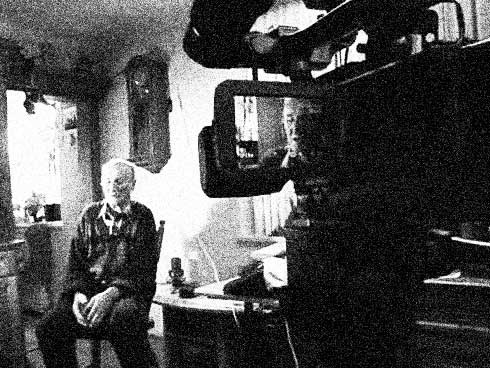The resistance movement in Austria
From the beginning of German occupation in March 1938 up to the liberation in May 1945, Austria did not produce a unified resistance. There was no organisation being a common association of the different resistance-groups. The most important reason lies in the fact that the Austrian population did not find or realize the occupation to be »foreign«.
So, the resistance remained fragmented alongside the different party-policies and the different social, political and cultural environments. From the beginning on, they were repetitively weakened through flight, arrest or death. Within the »left«, socialist resistance-groups existed on an all-German scale for a while. The resistance of the Communists was defined to be »Austrian-patriotic« and was directed against the Hitler-German foreign rule. On the »right«, confessional and monarchist resistance-groups developed from summer/autumn 1938 on. Later on, these groups had contacts to the Allied secret services. Besides, resistance existed in the camps and there were many forms of individual resistance. Quality wise, one has to note the little help those being racially persecuted or being Jewish received.
From the resistance groups fighting armed, the movement of the Slovene partisans in Carinthia was the most important. It developed strongly linked to the liberation struggle in Slovenia respectively of the Yugoslav people.


